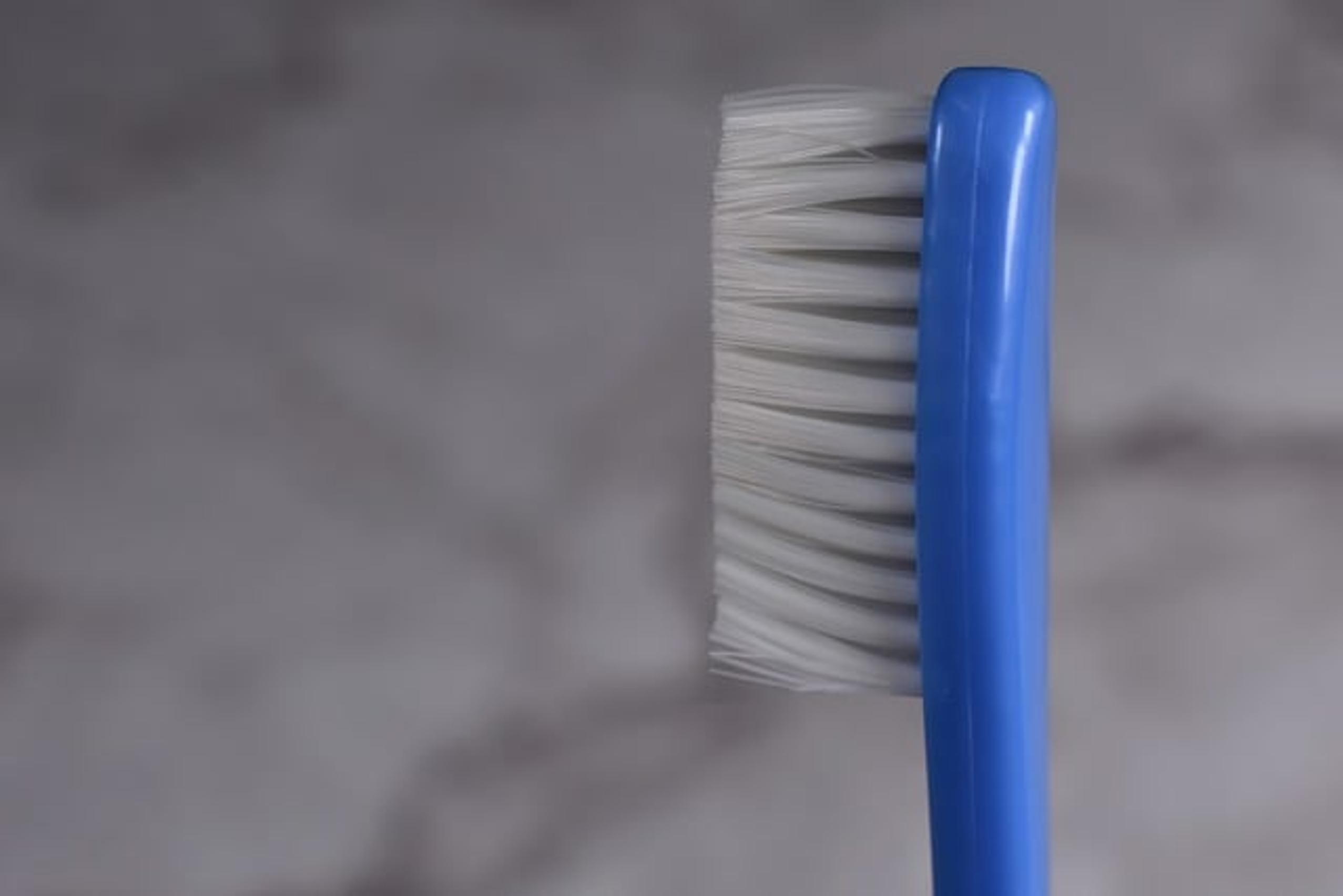Is Electric Toothbrush Better? A Comprehensive Guide
Introduction
The quest for optimal oral hygiene often leads to the critical question, ‘Is an electric toothbrush better than a manual one?’ This guide aims to provide a thorough examination of electric toothbrushes, comparing them against their manual counterparts. We’ll delve into their history, functionality, efficiency, health benefits, costs, and user opinions. Whether you’re contemplating an upgrade or just curious, this comprehensive guide will clarify your doubts.

The Evolution of Toothbrushes
The toothbrush has come a long way from its rudimentary roots. Dating back to 3500-3000 BC, ancient civilizations used chew sticks, frayed at the end, to clean their teeth. Fast forward to the 15th century, the Chinese invented a toothbrush with bristles, setting the stage for modern dental care.
In the early 20th century, nylon bristles replaced the traditional boar hair, giving birth to the toothbrush as we know it. The 1960s marked another significant shift with the advent of the first electric toothbrush by Dr. Philippe-G. Woog. These devices initially targeted patients with limited motor skills but have since evolved into mainstream dental care tools, incorporating advanced technology for optimal oral hygiene.
The continuous evolution of toothbrushes reflects our growing understanding of dental health, leading to more effective ways to maintain it. As we progress through this guide, we’ll see how this evolution translates into practical benefits.

How Electric Toothbrushes Work
Electric toothbrushes operate via an oscillating, rotating, or sonic mechanism powered by a built-in battery. The bristles either oscillate back and forth or rotate in circular motions at high speeds, sometimes accomplishing thousands of movements per minute.
The handle often includes a timer to ensure users brush for the dentist-recommended two minutes. Advanced models may offer features like pressure sensors to prevent gum damage from brushing too hard, multiple brushing modes, and even Bluetooth connectivity to track brushing habits via a smartphone app.
This advanced technology aims to automate and optimize the brushing process, thereby enhancing overall efficiency and ease of use. Understanding these functionalities helps in appreciating the advantages electric toothbrushes offer over manual ones.
Electric vs. Manual Toothbrush Efficiency
Cleaning Efficiency
Electric toothbrushes excel in cleaning efficiency due to their high-speed movements, which facilitate more thorough plaque removal. Studies have shown that electric toothbrushes can reduce plaque by up to 21% more than manual brushes over three months. Additionally, the oscillating and rotating mechanisms can reach difficult areas, ensuring a more comprehensive clean.
Convenience and Usability
Convenience and usability are other significant advantages. Electric toothbrushes make brushing less labor-intensive, which can be particularly beneficial for individuals with arthritis or other conditions that affect hand dexterity. The built-in timers assure users that they’re brushing for the correct amount of time. Various brushing modes cater to different needs such as sensitive teeth, gum massage, or deep-cleaning, tailoring the brushing experience to individual requirements.
Health Benefits of Electric Toothbrushes
Plaque Removal
One of the main health benefits of electric toothbrushes is their effectiveness in plaque removal. The high-speed bristle movements break down plaque more efficiently than manual brushing. Clinical studies suggest that electric toothbrushes reduce plaque and gingivitis more effectively, contributing to healthier gums and teeth.
Gum Health
Gum health greatly benefits from the controlled and consistent motion of electric toothbrushes. Features like pressure sensors prevent gum damage from overbrushing. Many models offer a gum-massage mode that stimulates blood flow and reduces inflammation, contributing to overall gum health.
Costs and Considerations
Initial Costs
Electric toothbrushes are generally more expensive initially, with prices ranging from $20 to over $200 depending on features. This can be a barrier for some people when considering the switch from a manual toothbrush. However, the initial cost can be seen as a significant investment in dental health, given the advanced technology and additional features.
Long-term Savings and Considerations
Long-term savings are more nuanced. Replacement heads cost more than a manual toothbrush but are designed to last longer. Additionally, electric toothbrushes can potentially save costs on dental treatments by maintaining better oral hygiene. Evaluating this, many users find that the long-term benefits outweigh the initial costs.
User and Professional Opinions
Dentist Recommendations
Dentists often recommend electric toothbrushes for their efficiency in maintaining oral health. Many dental professionals highlight the benefits such as improved plaque removal and enhanced gum health. They also advocate for features like built-in timers and pressure sensors, which help patients adhere to good brushing practices.
User Testimonials
User testimonials also present a positive picture. Many users report noticeable improvements in oral health, cleaner teeth, and less gum bleeding. They appreciate features like multiple brushing modes and Bluetooth connectivity that elevate the brushing experience. However, some users find the replacement heads costly and express concerns about battery life.

Conclusion
Electric toothbrushes offer several advantages over manual toothbrushes, including superior cleaning efficiency, health benefits, and ease of use. While the initial cost is higher, the long-term advantages often justify the investment. Both professional recommendations and user testimonials support the superiority of electric toothbrushes. Nevertheless, personal preference and specific needs should guide your choice.
Frequently Asked Questions
Are electric toothbrushes safe for children?
Yes, many electric toothbrushes are designed specifically for children, with softer bristles and smaller brush heads.
How often should I replace the brush head on an electric toothbrush?
Brush heads should be replaced every three months, or sooner if the bristles are frayed.
Do electric toothbrushes reduce gum bleeding?
Yes, many users report a decrease in gum bleeding due to the consistent pressure and thorough cleaning provided by electric toothbrushes.

